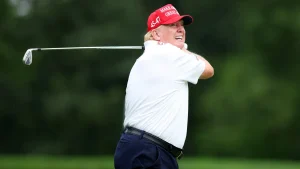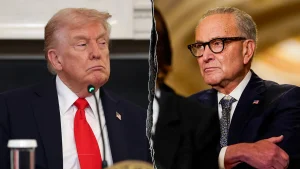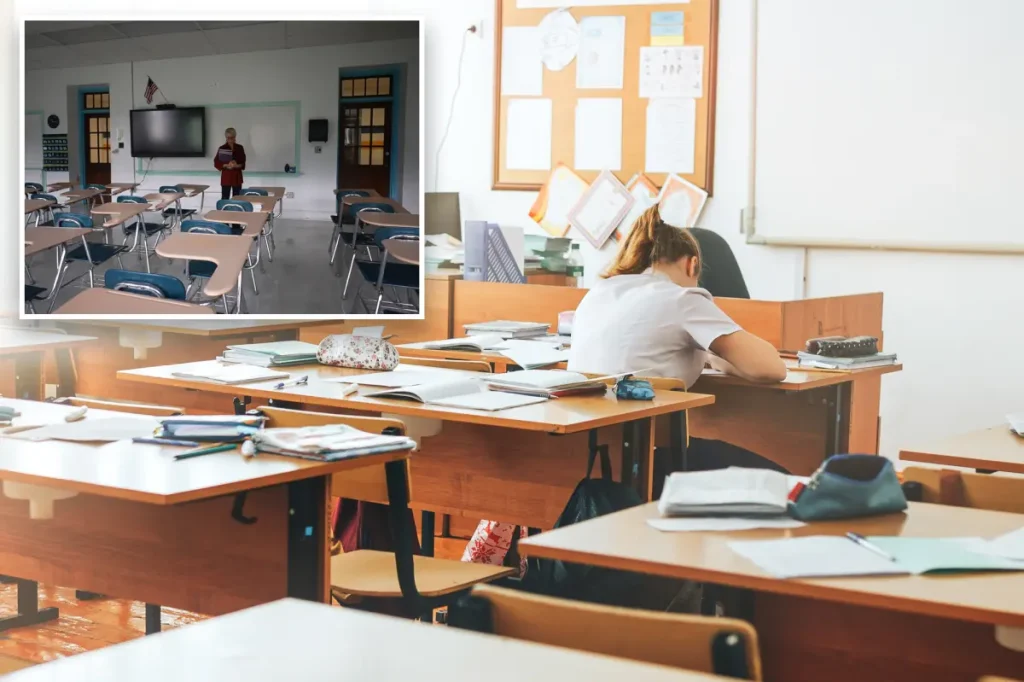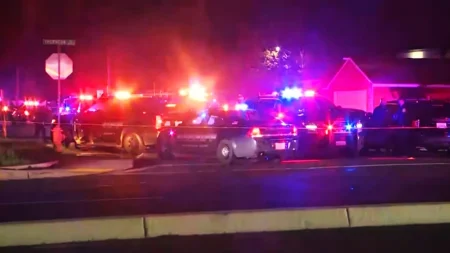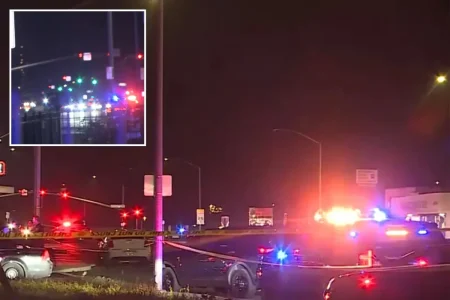NYC Public Schools Face Record Enrollment Drop as Parents Seek Better Education Options
The Steady Decline of Student Numbers in America’s Largest School District
New York City’s public school system is experiencing a troubling exodus, with preliminary Department of Education data revealing a loss of approximately 22,000 students this year alone—a 2.4% decline that marks the steepest drop in four years. This continues a five-year trend that has resulted in an overall 12.2% reduction in enrollment since 2019. What began as a post-pandemic shift has evolved into a persistent pattern that education experts fear will accelerate under the incoming administration of Mayor-elect Zohran Mamdani. The statistics tell a sobering story: at the start of the 2019-2020 school year, NYC public schools served over one million students (1,002,200); today, that number has fallen to 844,400—a staggering loss of 117,800 children in just five years. “We are bleeding kids,” one high school teacher confided to the New York Post, capturing the concern felt by many within the system.
Budget Growth Amid Student Decline Raises Questions About Effectiveness
Despite the significant reduction in student numbers, the Department of Education’s budget has grown substantially—increasing by nearly $7 billion since 2019 to reach $40 billion this year. This paradoxical expansion of funding while serving fewer students has sparked criticism from parents and education advocates. Danyela Souza Egorov, a parent and Manhattan Institute Fellow, expressed frustration with what she sees as a dysfunctional system: “Every year is the same story, New York City public schools keep losing students, their budget grows, the per-pupil funding grows and we get the same mediocre results. It is a system that is failing.” The detailed numbers show K-12 schools lost 18,411 students while pre-K programs saw 4,555 fewer enrollments compared to the previous year. Interestingly, programs for three-year-olds (3K) experienced growth, adding 1,118 new students, potentially reflecting parents’ return to office work. The only other uptick in the five-year period came in 2023—a modest 0.6% increase attributed largely to the influx of migrant families.
Academic Rigor and Gifted Programs at the Center of Parent Concerns
A Department of Education survey from April revealed that the primary reason parents are choosing alternatives to NYC public schools is the perceived lack of academic rigor, with 41% of parents seeking more intensive education for their children. This sentiment was echoed by a Queens father who opted to send his son to private daycare instead of the public 3K program, citing concerns about fundamental education quality. The statistics support these worries: two-thirds of the city’s fourth-graders are not proficient in math, with even fewer demonstrating reading proficiency. Yiatin Chu, Co-President of Parents Leaders for Accelerated Curriculum and Education (P.L.A.C.E.), attributes the enrollment decline to what she describes as an “anti-merit trend” in education policy. Parents’ anxiety has been further heightened by Mayor-elect Mamdani’s stated intention to phase out the city’s gifted and talented programs for kindergarten—a move that education advocates like Egorov believe will accelerate the departure of families seeking academic excellence for their children.
Charter Schools Gain as Public Schools Struggle
As traditional public schools face declining enrollment, charter schools in New York City have seen the opposite trend. Enrollment in these publicly funded but independently operated schools has grown to 150,000 students as of last year, representing a 14% increase since 2019. This shift suggests that many families are not abandoning public education entirely, but rather seeking alternatives they perceive as providing higher quality instruction while remaining within the public system. The diverging trajectories of traditional public schools and charter schools highlight the competitive educational landscape in New York City, where parents increasingly view themselves as consumers with choices. The exodus from traditional public schools creates what Egorov describes as “a vicious cycle where there are no great schools, so people move and the schools get even worse”—a downward spiral that becomes increasingly difficult to reverse once it gains momentum.
The Geographic Response: Families Relocating for Better Schools
The education crisis has become so significant that it’s affecting residential patterns across the region. “You’re seeing families moving out to Long Island to buy their way into a better school,” observes Chu. This migration is part of a larger demographic shift, as New York City’s overall population decreased by 300,000 between April 2020 and July 2024, according to census data. Education advocates argue that school quality is a major driver of this broader population decline. The relationship between public school quality and residential choices creates a feedback loop: as families with means leave for better educational opportunities elsewhere, the schools they leave behind face additional challenges with potentially fewer resources and less parental involvement, making improvement even more difficult. This pattern particularly affects neighborhoods where public schools have historically been the backbone of community cohesion.
Potential Long-Term Consequences for New York City’s Future
The declining enrollment in public schools could have far-reaching implications for New York City’s future vitality and economic health. As families depart in search of better educational opportunities, the city faces a potential reduction in its tax base, which could limit its ability to provide essential services. Egorov warns of the broader societal impact: “It’s going to be harder to provide more services. In the end, only families who can afford to live here have the resources to go outside the public school system.” This scenario raises the specter of increasing inequality, with quality education becoming more accessible to wealthy families while others face diminishing options. The decisions made by education leaders and the incoming mayoral administration will be critical in determining whether this trend can be reversed or if New York City will continue to see its public school system contract while serving an increasingly concentrated population of students with fewer resources and opportunities. Without significant changes to address parents’ concerns about academic quality, the city risks further erosion of what was once considered a pathway to opportunity for generations of New Yorkers.
